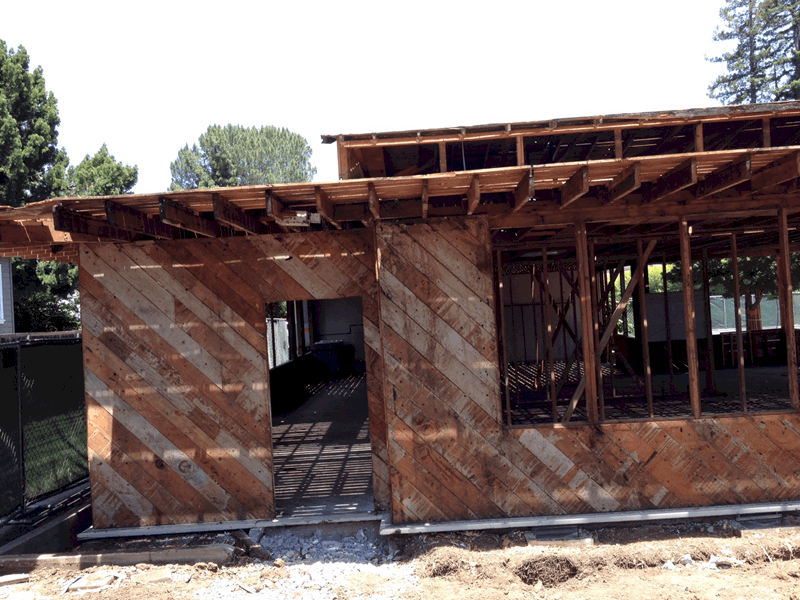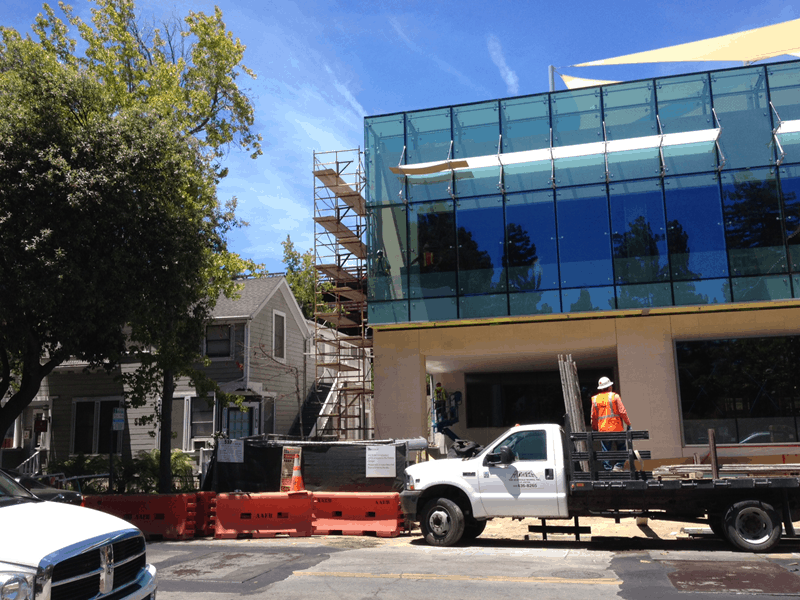I’ve lived in Palo Alto since the summer of 1984 (it only just occurred to me typing these words that this is my 30th anniversary here – maybe I should get a cake or something). Think about how much the world has changed since then; in 1984:
- The original Macintosh, complete with 128 kilobytes of memory, was the most sophisticated personal computer on the market;
- Mark Zuckerberg was a one-month old, making dookie in his diapers instead of your social life;
- The Cold War was going strong, with USSR-versus-US relations really the only thing a person needed to understand about the geopolitical world;
- If you had a 300 baud modem to connect your computer to your telephone (as I did), you were in a very, very, very tiny minority of people who could log on to remote computers and exchange information.
Over the years, the world changed in many ways; there was the 1987 market crash; the dissolution of the USSR, the historic equity bull market of the 1990s, the Internet bubble, the 9/11 terrorist attacks, the housing bubble, the financial crisis, and now, the Central Bank bubble, which dwarfs everything that preceded it.
Through it all, though, the physical appearance of Palo Alto changed very little. There was plenty of turnover on University Avenue, which is the prime retail strip in town, as stores became progressively upscale, but the vast majority of commercial real estate in Palo Alto was the same drab, one-story (two, tops) bland construction that was built in the 1960s and early 1970s. Even at the peak of the Internet bubble, the buildings didn’t change, even though rents exploded higher (my little company, Prophet, was shelling out nearly $20,000 per month in 2000 for a shabby old house in downtown Palo Alto, which we used for office space).
Recently, though, things have changed dramatically. I wasn’t looking for it, but over the past few months, I’ve been overwhelmed not just at how much construction is going on around here, but how much high-end construction is happening. In Palo Alto and surrounding towns (like Los Altos and Mountain View), an increasing number of dentist offices, retail stores, and apartment buildings are looking like this (I just photographed this today):
Owners of land in town are realizing that they are sitting on solid gold, and they want to squeeze the highest possible price out of potential tenants. These days, that means one thing: well-funded startups. These firms have huge bank balances and will not balk at sky-high rents, because the expense is inconsequential compared to how much funding they are getting.
To attract this kind of tenant, though, you need A+ office space. It has to be new, hip, shiny, modern-looking, and really well-located. There’s one key thing to understand about the employees at these firms: at the moment, they are living in the very best of both worlds – (1) they get the very high salary of an adult professional (2) at the same time, they get to enjoy the life of a child, with fun and games one of the principal draws to any prospective employee (For instance, as I was meandering downtown this afternoon, thinking about this post, I passed a startup called Kiwi whose lobby had a huge blackboard listing Activities This Week, which resembled something from summer camp – – – Frisbee, barbecue, ping-pong, etc.)
So, again, if you’re going to create a Playground For Young Adults, you’re going to need to spend big bucks. Thus, the construction site like the one I passed below has become ubiquitous: an old, small, wood house (traditional Palo Alto) right next door to a brand new zillion-dollar Fun Space For Twenty-Somethings being constructed as swiftly as possible (this picture doesn’t do it justice, but the fabric triangles at the top appear to be some kind of luxury rooftop eating area for when it’s done).
When all the dust settles, Palo Alto is definitely going to look a lot more modern (and heterogeneous, like the picture above) than it did when I first moved here. All I can say, though, is that when the current bubble finally bursts, whether it’s next month or next decade, there are going to be an awfully lot of expensive, empty, class A office buildings situated around town, holding nothing but the memories of ping-pong games past.



